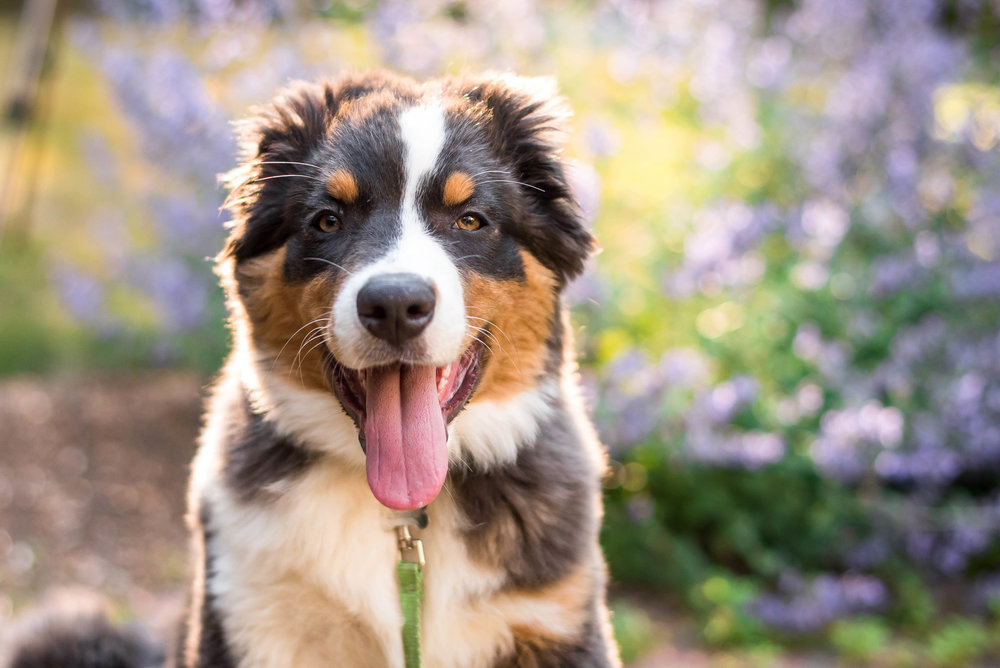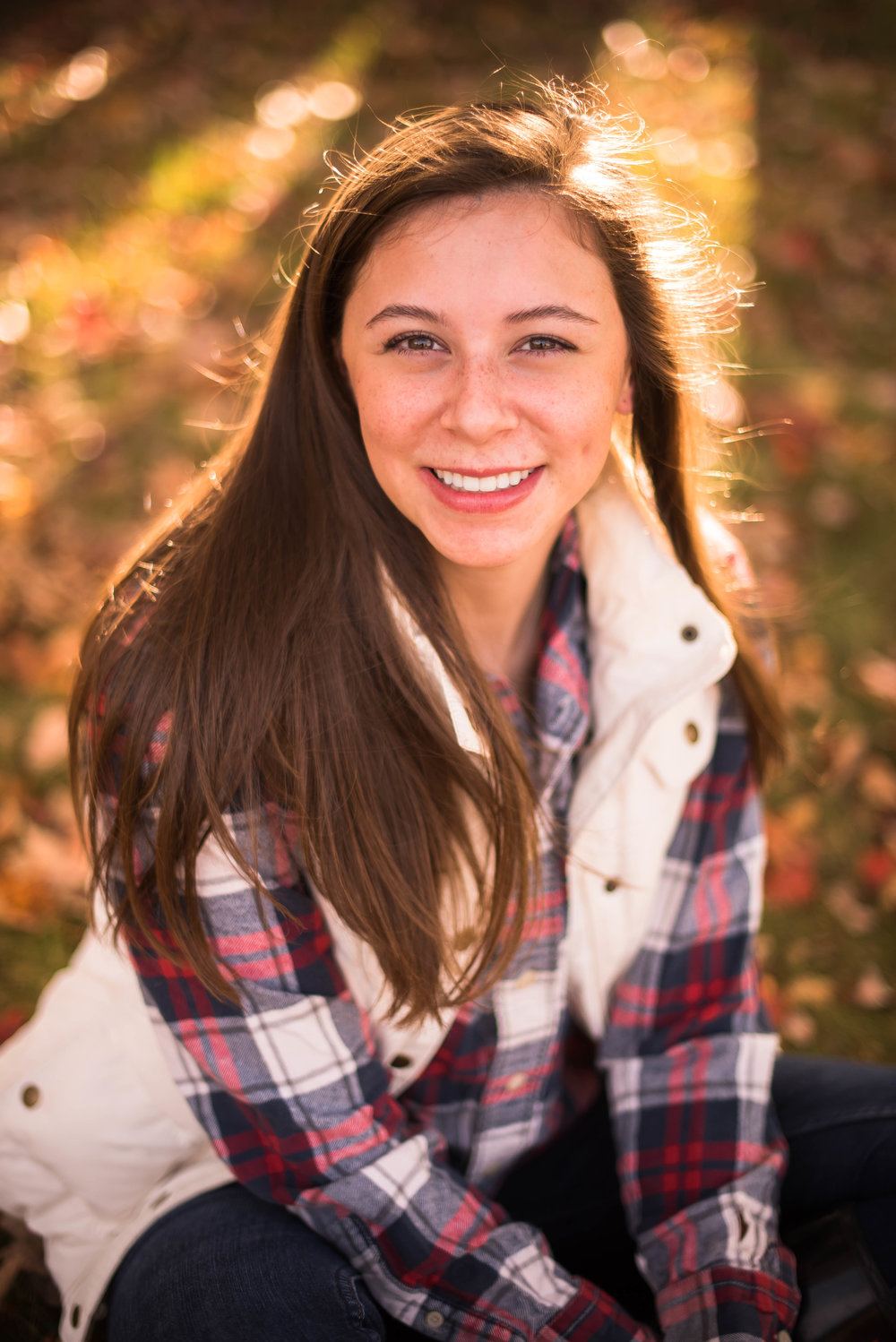Cameras these days are so smart and user friendly that it is easy to click it into auto mode and produce a pretty good image. But, in order to create GREAT images, you need to know how to work in manual mode!
Shooting in manual is helpful because you can create the exact look and mood you envisioned for your photograph. When you let auto decide the settings for you, it will most likely not match your style!
There are four main components to shooting in manual that you need to know about before giving it a try.
The first component is shutter speed. Shutter speed determines the amount of time that the shutter in your camera is open for. If your shutter is 1/20th of a second, your photo will most likely be very bright because it is open for a long time. If it is only open for 1/4000th of a second, you will get the opposite effect. Another thing to consider with the length of your shutter speed is if you have a moving subject in your photograph. If your shutter speed is very slow and something in the frame moves, it will blur. Blur is not necessarily a bad thing, it all depends on what you are going for, which is why knowing the effects of shutter speed is helpful!
The second component you need to know about is aperture. Aperture determines the size of the opening in your lens. The thing to remember is the lower the number, the wider the opening. So, if you have an aperture of f/1.4, you have a very wide opening in your lens, which will let a lot of light in. If you have an aperture of f/16, the opening is really small, which will let a small amount of light in. Aperture also determines the depth of field in your photo. Depth of field determines how much in front of and behind your subject is in focus. If you have a wide aperture, you will have a very shallow depth of field. Not a lot in front of or behind your subject will be in focus. This is most helpful in portraits. Here is an example:

(I had to sneak in a photo of my baby)
The third component of manual mode is ISO. This is your camera’s sensitivity to light. ISO can range from 100 all the way to 12000 in most DSLR cameras. The rule of thumb with ISO is the lower the number, the lower the sensitivity to light. Therefore, if you are outside on a bright sunny day, you will probably want to shoot at an ISO of 400 or lower, depending on your shutter speed and aperture. If you are shooting indoors or at night, you will probably want to bump up your ISO! Quick warning though: if you bump it up too high, your photos can get grainy!
The last component you should know about is white balance. This component has to do with color temperature. Essentially, white balance determines the temperature that neutral colors such as white will be perceived as in your photograph. For example, if you shoot with a white balance such as Cloudy or Shade, your photos will be more on the orange/yellow side. If you use a Fluorescent or Incandescent, your photos will be on the cooler side. This can be helpful in creating a mood or personal style in your work! For example, I love glowing warm photos, so I typically shoot with my white balance set to Shade. Here is an example:

When you learn how to put all of these aspects together, you can create any photo that you can imagine! For example, during a sunny fall portrait session, I want my aperture as wide as possible so the background behind my subject is blurred. But, since it’s sunny, a lot of light will be let in through that wide opening! To compensate, I can turn my shutter speed up and my ISO down. Also, I love making my subjects skin look warm and glowy, and making the warm tones in the background really pop! So, I can turn my white balance to shade and accomplish exactly the look I want!
The better you get at perfecting your photos in camera, the less editing you’ll have to do later and the happier you’ll be with your photos overall!
If you are an audio/visual person (like me), you can watch me talk about these components in my YouTube video!
https://www.youtube.com/watch?v=4CIGPxEKDMc&feature=youtu.be
Thank you SO much for reading and make sure to stop by again next Friday for a new blog post! Comment below if you have anything specific you’d like to read or learn about!